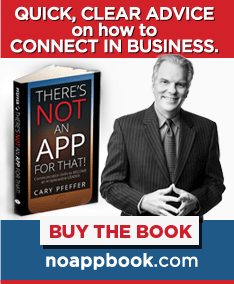Two recent cases of critical media coverage offer great opportunities for everyone to learn something. First, the easy one.
Martha Stewart
On the day of her sentencing Martha Stewart read from a statement which contained some incredible items. First, she thanked her family, friends and her “beloved” company. Hello? If anything should be “beloved” in that sentence it should NOT be the company, no matter how much you love your work! Then it got worse. After calling the charges “shameful” it almost sounded like she might admit she, at least, had made an error in judgment. Oh no. She meant it was “shameful” that she had to face these charges in the first place.
Even if you disagree with the case against you, you have to publicly face up to your own actions and the charges youÕve been found guilty of, or anything you say after that will be judged through your inability to accept what you’ve done.
Finally, to top it off, she then asked people to please buy Martha Stewart products and magazines! If there was EVER a time to NOT say anything about the company she founded, that was it. Martha Stewart’s story is one of incredible accomplishment. The person who has done the greatest amount of damage to that story? Martha Stewart.
Taser
The New York Times and CBS News have done extensive reporting on Taser International, a manufacturer of non-lethal weapons, often called “stun-guns,” mainly for police agencies. (Full disclosure: Taser is located within a mile of my office and, while it is NOT a client, Taser President Tom Smith and I have had several conversations over the years about the company’s media strategy.)
The company, in my view, has made two fundamental mistakes which make the recent media scrutiny much more painful.
First, it has taken an absolute stand that rules out even the possibility one of its products caused a death. This is an area in which the company should never even venture. The message should be this and this alone. “Our products save lives as great alternatives to lethal force.” Period.
When questions come up about the product being tied to deaths, the answer should be … well, see the above paragraph. When pressed on the safety question the Taser spokesperson could point out there are many examples of safety products which can be wrongly used and cause injuries. For example, “People have been hurt through incorrect use of air bags, but no one would dispute that air bags save lives.” They should keep associating with safe, proven items without getting into whether it is “possible” or “impossible” for their product to cause a death.
Second, the company’s website offered examples of actual police cases, without mentioning the portions of the reports when medical examiners suggested the Taser was partially to blame for a death.
When asked about this omission Taser CEO Rick Smith said, “They were disputed by our medical experts who read them and thought they were inaccurate.” What’s wrong here? The answer indicates they are TASER medical experts. The only time that works is if a creditable third party makes an assertion, not YOUR person.
Bottom line? Acknowledge issues and address them in advance. Don’t hide from them. The reporter “discovers” them and then it looks like you are trying to cover up.
One other bottom line: Taser stock dropped nearly 15% in the first two days of this controversy.

